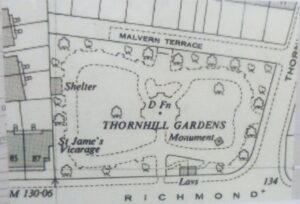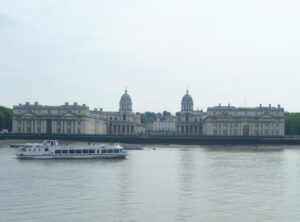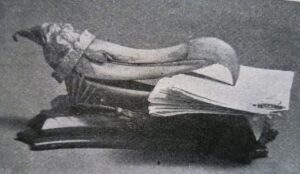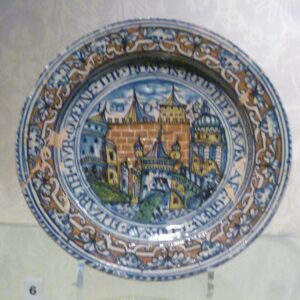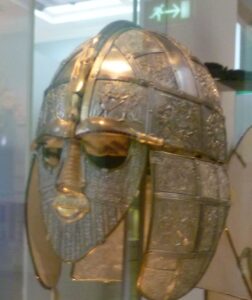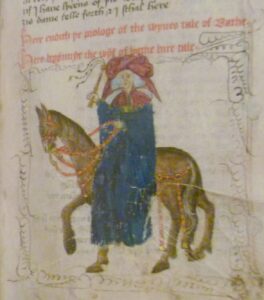Earlier this week, I visited what is surely the most astonishing landscape garden in England: Painshill, near Cobham in Surrey. It was built by the Honourable Charles Hamilton (1704 –1774) in the eighteenth century. Hamilton was intoxicated – there is no other word for it – by the Classical ruins and Gothic architecture which he’d seen on the Grand Tour. Once back home, he set about buying land in Surrey and started building dramatically ruined follies and then creating a spectacular landscape around them to show them off to their best advantage. His fantastical creation was, and is, unlike anything else in Europe.
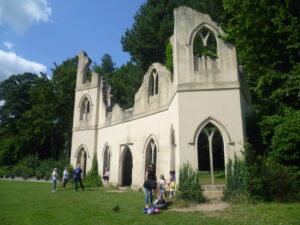
Ruined Abbey: all it needs now is ivy, moonlight and an owl!
Continue reading Painshill: A Gothic and Romantic Landscape
Please share this page...
